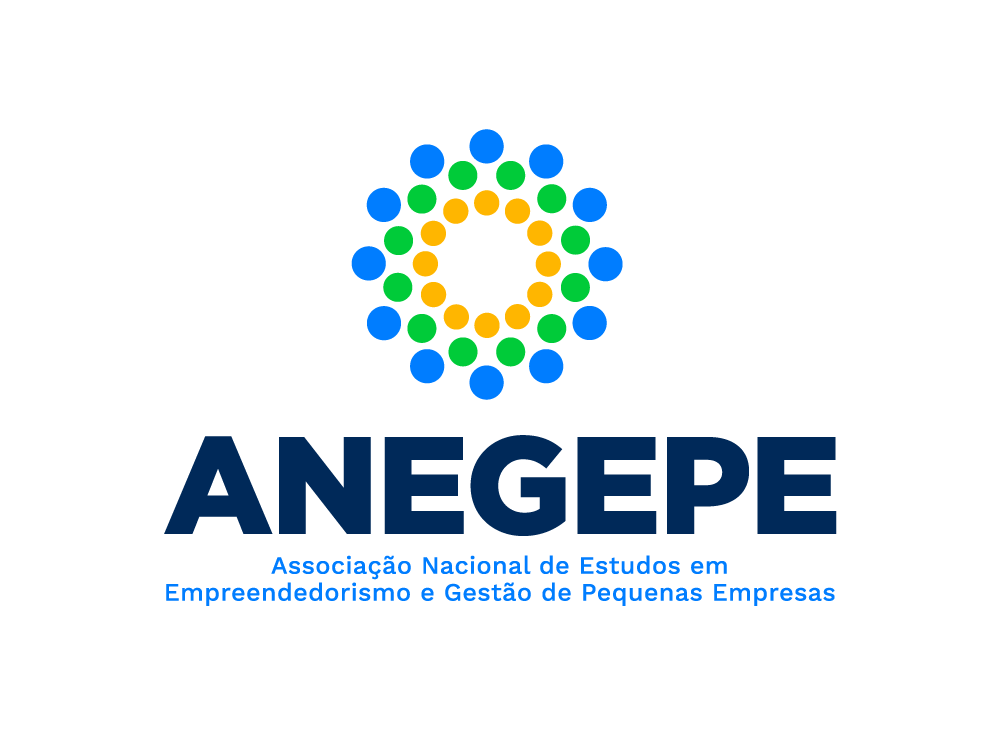Publisher

The article submitted to REGEPE Entrepreneurship and Small Business Journal goes through an evaluation process consisting of the following stepsd, namely:
1. A screening (Desk Review) carried out by the Editor-in-Chief, who analyzes its adequacy to the editorial policy and editorial standards of REGEPE, being rejected in case of inadequacy. At this stage, similarity analysis is also performed through Ithenticate's Similarity Check, which employs Turnitin.
2. After being approved in this initial screening (Desk Review), the article is forwarded to one of the Associate Editors, who makes an analysis as to the relevance and contribution of the text. If relevant, the Associate Editor then forwards the manuscript to at least two reviewers in a double blind review system, chosen according to their specialties in the area.
3. The Associate Editors carry out the monitoring of this entire evaluation process, which can be extended by several rounds of evaluations. In each evaluation round the reviewers, through an opinion written in REGEPE's own Form*, will indicate the result, which can be one of the three:
i) Submit a new version for consideration based on the suggestions/recommendations indicated.
ii) Disapprove based on the suggestions/recommendations pointed out.
iii) Approved.
4. When the results (ii) or (iii), the process then returns to the Editor-in-Chief, who will be responsible for making the final decision and communicating it to the authors.
5. Whenever authors are asked to revise, they must send 3 files: (i) a final version of the article, in a clean file, preferably in Word; (ii) a version with all the changes made and identified as a revision, preferably in Word and marked with a different color and not using the change control; (iii) a letter to the Editors commenting on all the changes made or not accepted, as directed by the reviewers.
6. After the approval of the article, it will proceed to the process of proofreading, translation (when applicable), digramation and final publication.
In line with Open Science communication practices, REGEPE now adopts in its editorial policy, opening the peer review process in agreement with the reviewer. Thus, authors and reviewers may choose one of the means of opening the peer review process offered by the journal, as well as authors may agree to interact directly with reviewers responsible for evaluating the manuscript, when offered the option.
To confirm and recognize the evaluation, in addition to giving visibility to the valuable volunteer effort in the preparation of the opinions, REGEPE has the ReviewerCredits system integrated into the journal's system, and the reviewer can select the options he wants. ReviewerCredits is a commercial website that provides a free service for academics to track, verify, and showcase their peer review by disclosing their editorial contributions to academic journals.
We inform you that, in the case of the disclosure of evaluations that support the decision to publish an article, it may be edited by the editorial board of the journal.
About manuscripts processing time
Since 2022, the REGEPE has been vigorously improving its internal management processes in order to decrease the processing time of its manuscripts. Currently, the average time, considering the last three volumes, that is, data from one year of publications (v.11, n.3, Sept./Dec. 2022 to v.12 n.2, May-Aug. 2023) is:
- Average months to approval = 15.0
- Average months from receipt to publication = 18.5
-----
* Own evaluation forms:
Evaluation form of theoretical-empirical articles
Technological article evaluation form
Publisher

Classification QUALIS 2017-2020: A3
ISSN: 2965-1506 (new)
![]()
